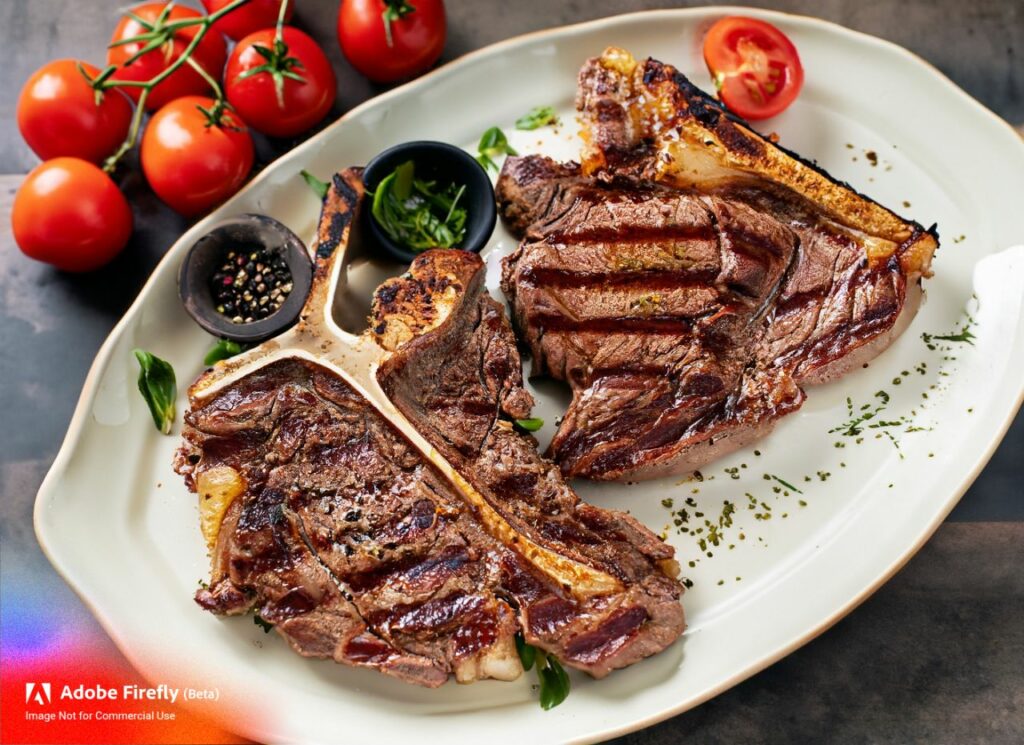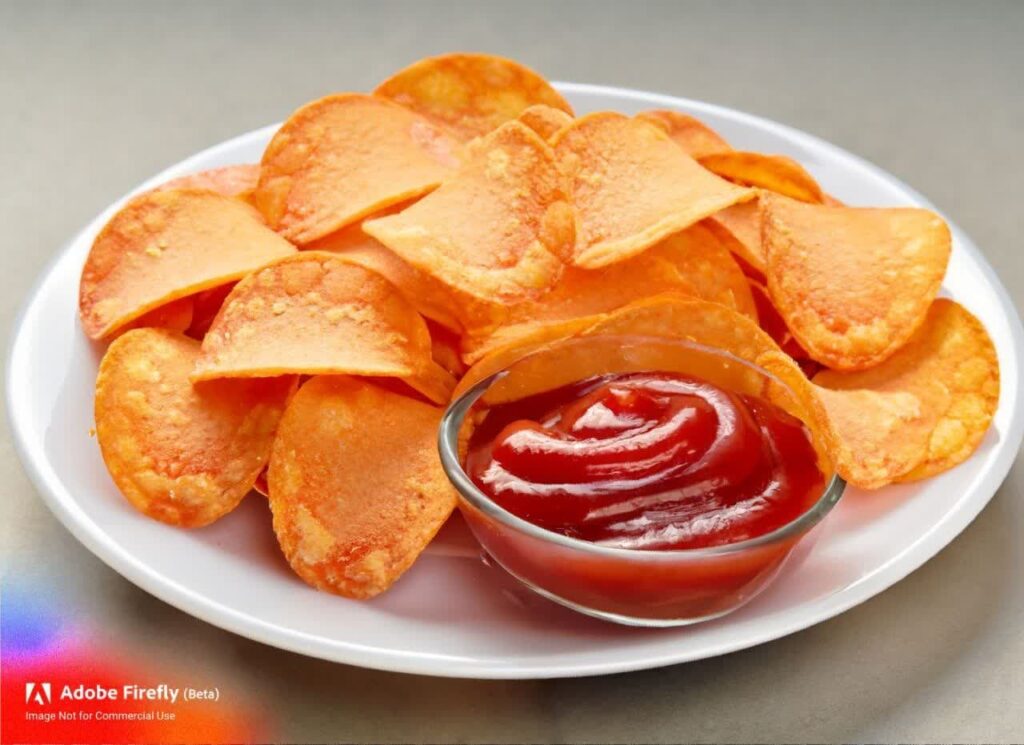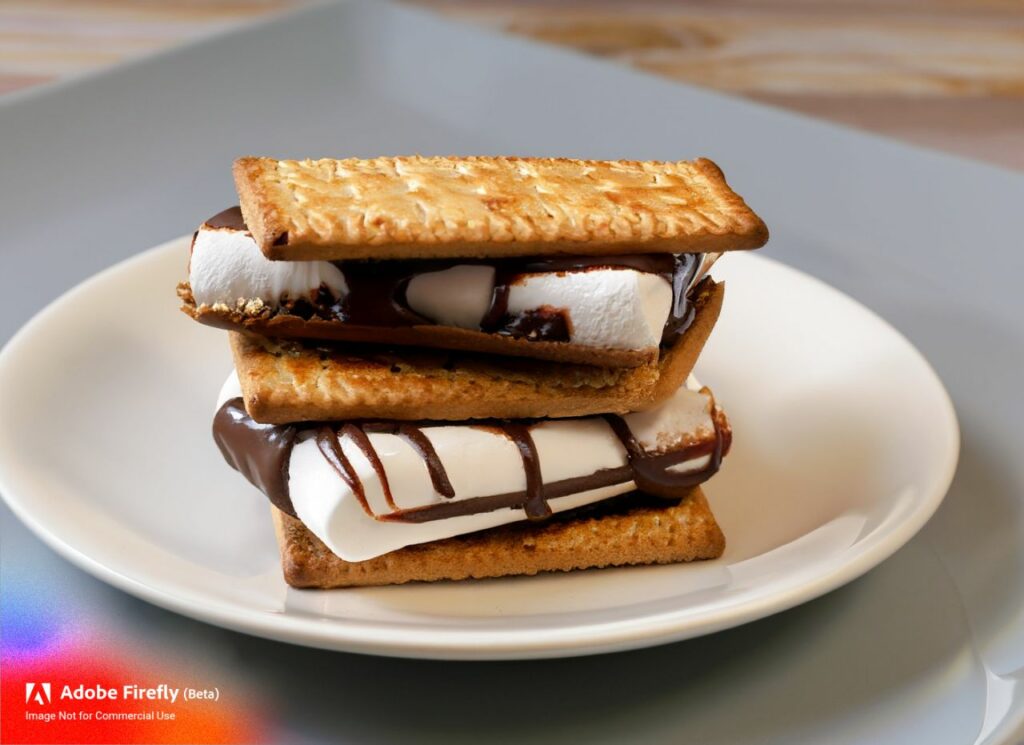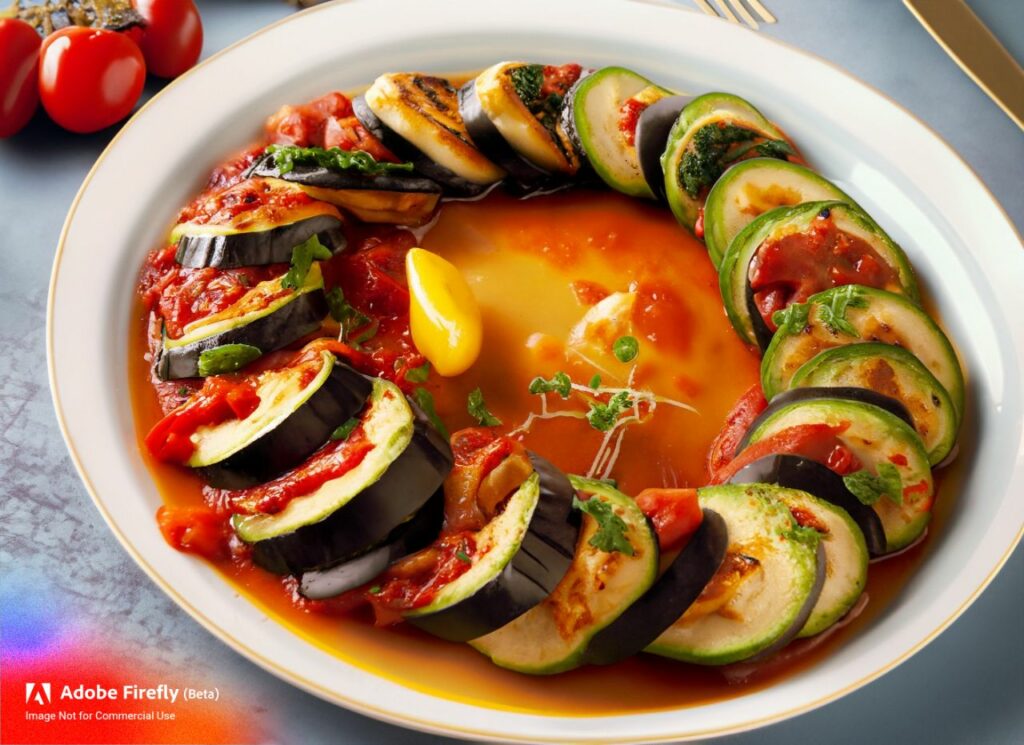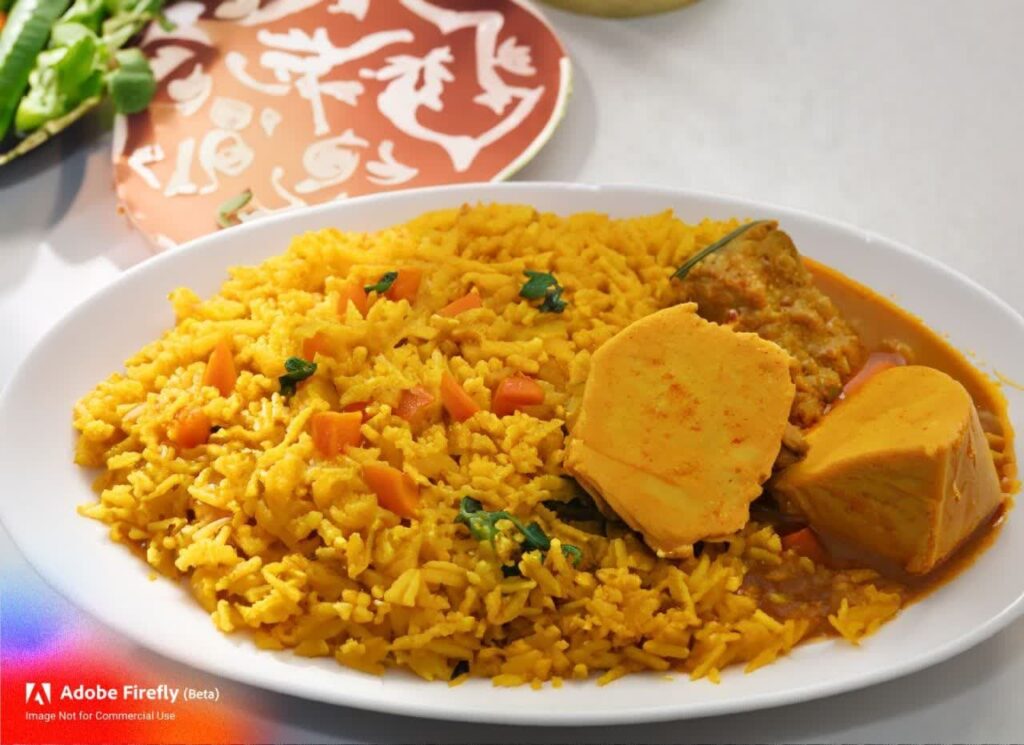About Granulated sugar
Granulated sugar, also known as white sugar or table sugar, is a crystalline sweetener that has become an indispensable part of the culinary world. Derived primarily from sugar cane or sugar beets, granulated sugar’s fine texture and natural sweetness have made it a staple ingredient in countless recipes. In this essay, we will explore the production process, culinary applications, nutritional considerations, and the cultural significance of granulated sugar, celebrating its role as the sweet essence that enhances our culinary delights.
Production Process:
Granulated sugar is typically produced through a multi-step process:
1. Extraction: For sugar cane, the cane stalks are crushed to extract the sweet juice, while sugar beets are sliced to obtain their sugar-rich liquid.
2. Purification: The extracted juice undergoes purification to remove impurities, leaving a clear sugar solution.
3. Crystallization: The sugar solution is heated, and the sugar crystals begin to form. These crystals are then separated from the remaining liquid, called molasses.
4. Drying and Grinding: The separated sugar crystals are dried and ground to obtain the familiar fine and granulated texture.
Culinary Applications:
Granulated sugar is a versatile ingredient with a wide range of culinary uses:
1. Baking: It is a key ingredient in baked goods like cakes, cookies, muffins, and pastries, providing sweetness and promoting browning.
2. Beverages: Granulated sugar is commonly used to sweeten tea, coffee, lemonade, and various cold beverages.
3. Sauces and Condiments: It is added to savory sauces, dressings, and condiments to balance flavors and enhance taste.
4. Preserving: Sugar is used in preserving fruits and making jams and jellies, as its sweetness helps preserve the fruits by inhibiting microbial growth.
Nutritional Considerations:
Granulated sugar is a source of simple carbohydrates, primarily sucrose. While it provides a quick source of energy, it is devoid of essential nutrients, vitamins, and minerals. Consuming excessive amounts of added sugars, including granulated sugar, can lead to potential health issues, such as tooth decay and an increased risk of obesity and chronic diseases. Moderation is key when incorporating granulated sugar into one’s diet.
Cultural Significance and Sweet Rituals:
Granulated sugar holds cultural significance in various traditions and celebrations. In many cultures, sweet treats made with sugar play an essential role in festivities and rituals, symbolizing joy, abundance, and good luck. Sugar is often used to mark special occasions like weddings, birthdays, and religious festivals, reflecting its cultural value as a cherished and celebratory ingredient.



